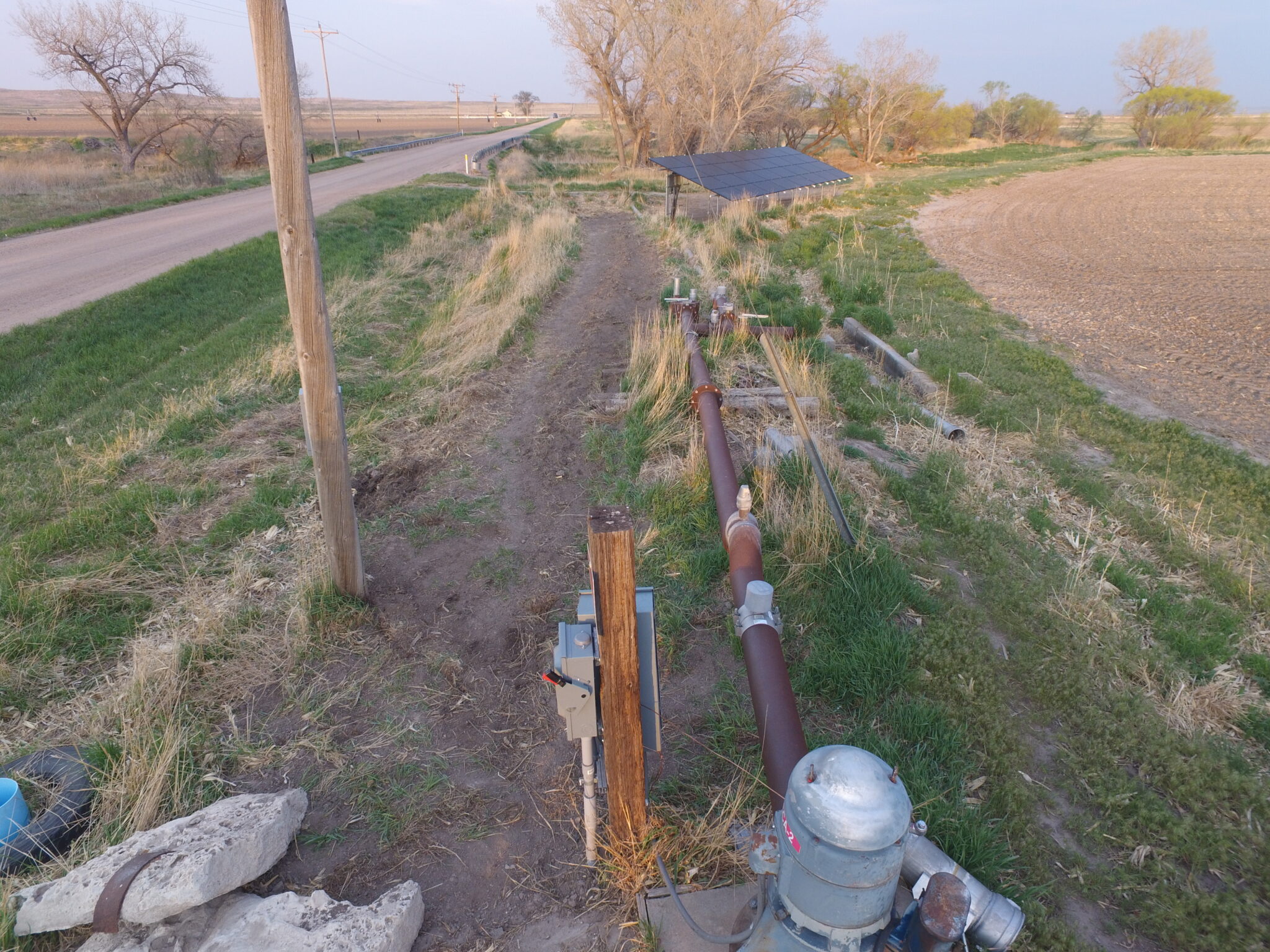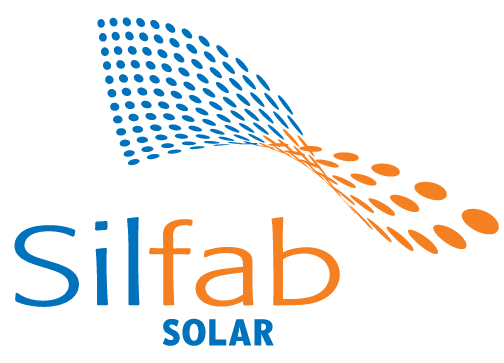
50% REAP Grants for Ag Producers and for Rural Businesses Make Solar Panels a Good Investment
Here is a link to a useful seminar from the University of Nebraska’s Center for Agricultural Profitability. It covers the economics of solar in rural areas especially where electrical coops are the electricity providers. It is worth watching if you own a farm or ranch where food is produced or have a business in a rural area.
They recommend solar that covers no more than about 75% of your usage on a meter, because of the lower value of solar electricity sent to the grid. But in Colorado, especially where there are electrical coops, such as Highline Electric Association (https://www.hea.coop), which charge mainly on the basis of kilowatt hours used, and not so much for peak demand, getting systems that are designed for up to 100% of usage to even 120% of usage works well, particularly on pivot and other irrigations systems where almost all the electrical usage is during the irrigation season. Some use outside of the irrigation season such as for grain dryers can improve the economics of solar electric systems, even more.
The most important things that improve the economics of photovoltaic systems are two features of the Inflation Reduction Act passed in 2021. The biggest one is that Rural Energy for America (REAP) grants now can be used to cover 50% of the cost for solar for agricultural production and/or for any rural businesses. That is up from 25% from earlier years. The other feature is that the tax credit available to help cover the cost is back up to 30%, and this can even be 40% when the materials used in the installation are domestically produced, although the IRS guidelines to get this 10% bonus are not yet available. And that tax credit can now be refundable. (Ask your tax preparer for details on this.)
So between the tax credit and the Department of Agriculture grants, 80% of the cost of solar electric systems installed to make electricity used for agricultural production or for rural businesses are covered by incentives. This puts return on investment in photovoltaic systems for farms and ranches and for rural businesses in the 20% range with paybacks of 5 years or less.










